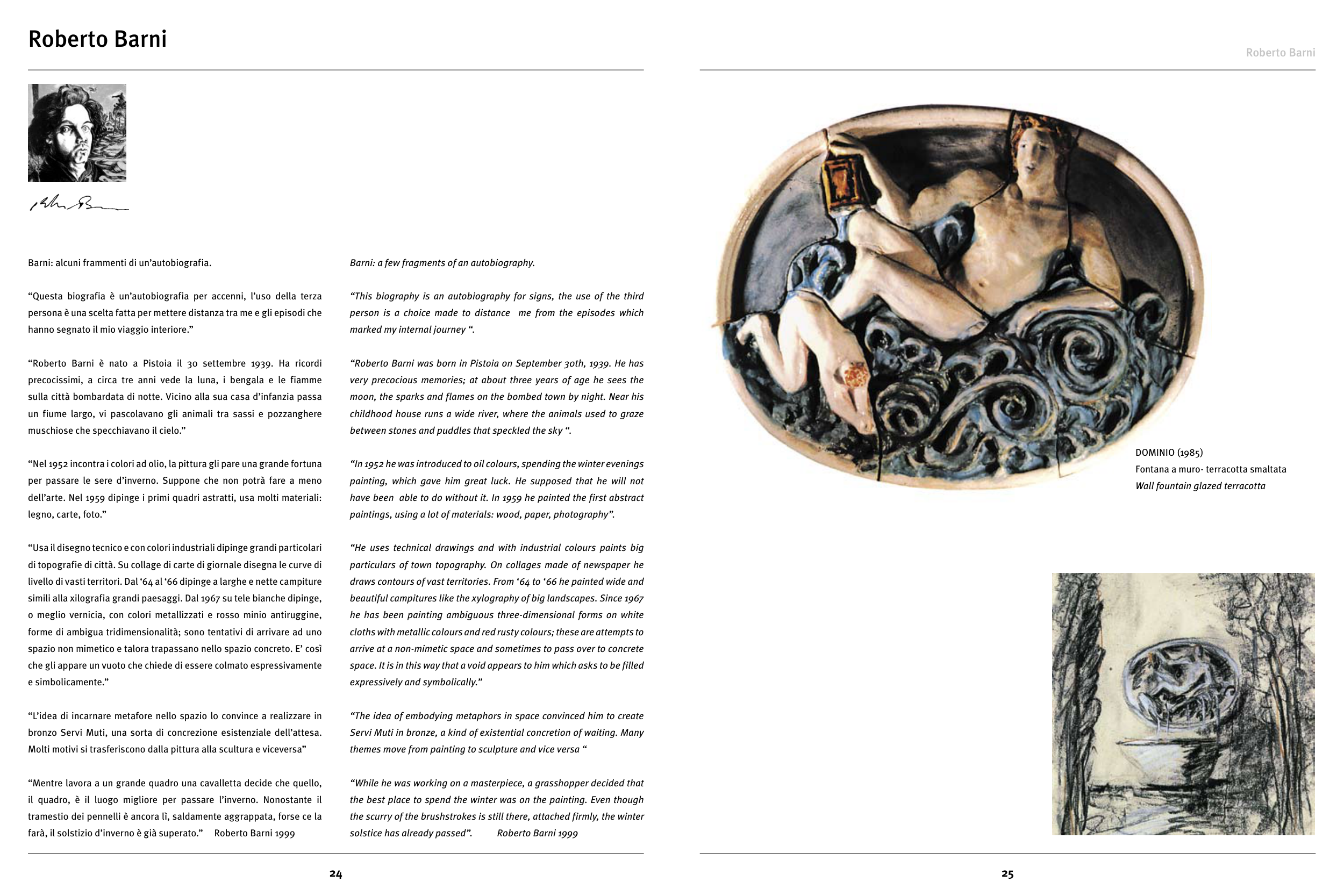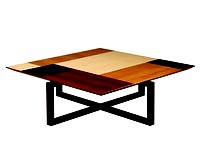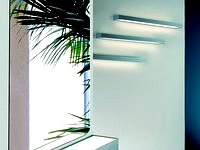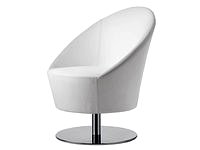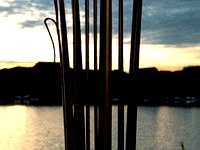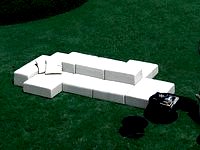DOMINIO (1985)
Fontana a muro- terracotta smaltata
Wall fountain glazed terracotta
Roberto Barni
Barni: alcuni frammenti di un’autobiografia.
“Questa biografia è un’autobiografia per accenni, l’uso della terza
persona è una scelta fatta per mettere distanza tra me e gli episodi che
hanno segnato il mio viaggio interiore.”
“Roberto Barni è nato a Pistoia il 30 settembre 1939. Ha ricordi
precocissimi, a circa tre anni vede la luna, i bengala e le fiamme
sulla città bombardata di notte. Vicino alla sua casa d’infanzia passa
un fiume largo, vi pascolavano gli animali tra sassi e pozzanghere
muschiose che specchiavano il cielo.”
“Nel 1952 incontra i colori ad olio, la pittura gli pare una grande fortuna
per passare le sere d’inverno. Suppone che non potrà fare a meno
dell’arte. Nel 1959 dipinge i primi quadri astratti, usa molti materiali:
legno, carte, foto.”
“Usa il disegno tecnico e con colori industriali dipinge grandi particolari
di topografie di città. Su collage di carte di giornale disegna le curve di
livello di vasti territori. Dal ‘64 al ‘66 dipinge a larghe e nette campiture
simili alla xilografia grandi paesaggi. Dal 1967 su tele bianche dipinge,
o meglio vernicia, con colori metallizzati e rosso minio antiruggine,
forme di ambigua tridimensionalità; sono tentativi di arrivare ad uno
spazio non mimetico e talora trapassano nello spazio concreto. E’ così
che gli appare un vuoto che chiede di essere colmato espressivamente
e simbolicamente.”
“L’idea di incarnare metafore nello spazio lo convince a realizzare in
bronzo Servi Muti, una sorta di concrezione esistenziale dell’attesa.
Molti motivi si trasferiscono dalla pittura alla scultura e viceversa”
“Mentre lavora a un grande quadro una cavalletta decide che quello,
il quadro, è il luogo migliore per passare l’inverno. Nonostante il
tramestio dei pennelli è ancora lì, saldamente aggrappata, forse ce la
farà, il solstizio d’inverno è già superato.” Roberto Barni 1999
Barni: a few fragments of an autobiography.
“This biography is an autobiography for signs, the use of the third
person is a choice made to distance me from the episodes which
marked my internal journey “.
“Roberto Barni was born in Pistoia on September 30th, 1939. He has
very precocious memories; at about three years of age he sees the
moon, the sparks and flames on the bombed town by night. Near his
childhood house runs a wide river, where the animals used to graze
between stones and puddles that speckled the sky “.
“In 1952 he was introduced to oil colours, spending the winter evenings
painting, which gave him great luck. He supposed that he will not
have been able to do without it. In 1959 he painted the first abstract
paintings, using a lot of materials: wood, paper, photography”.
“He uses technical drawings and with industrial colours paints big
particulars of town topography. On collages made of newspaper he
draws contours of vast territories. From ‘64 to ‘66 he painted wide and
beautiful campitures like the xylography of big landscapes. Since 1967
he has been painting ambiguous three-dimensional forms on white
cloths with metallic colours and red rusty colours; these are attempts to
arrive at a non-mimetic space and sometimes to pass over to concrete
space. It is in this way that a void appears to him which asks to be filled
expressively and symbolically.”
“The idea of embodying metaphors in space convinced him to create
Servi Muti in bronze, a kind of existential concretion of waiting. Many
themes move from painting to sculpture and vice versa “
“While he was working on a masterpiece, a grasshopper decided that
the best place to spend the winter was on the painting. Even though
the scurry of the brushstrokes is still there, attached firmly, the winter
solstice has already passed”. Roberto Barni 1999
Roberto Barni
24
25


